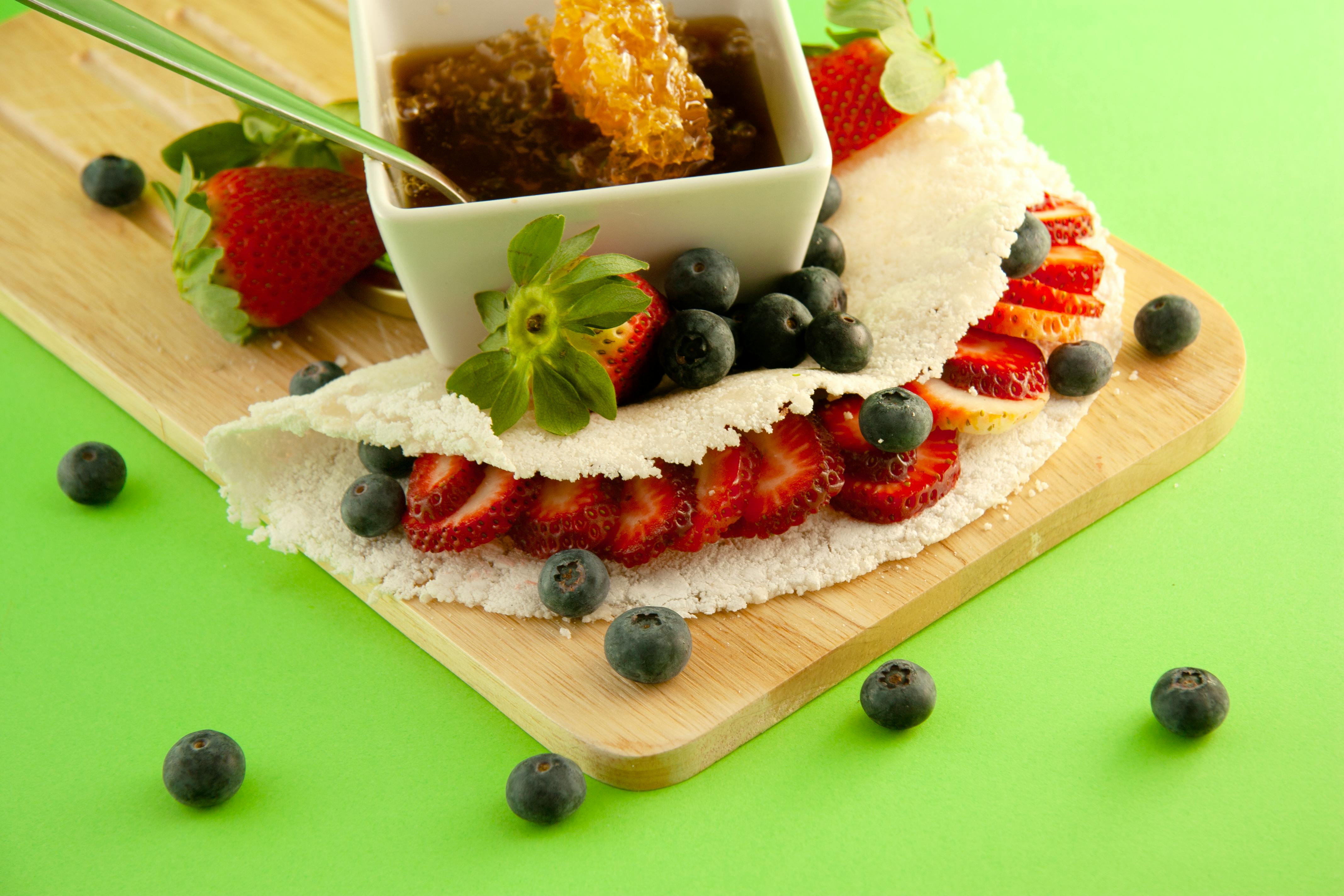Simple Guide to Low Histamine Diet Plan for 2025: Get Started

Simple Guide to Low Histamine Diet Plan for 2025
As we venture into a new year, more individuals are seeking effective ways to manage their health through dietary modifications. One method gaining traction is the low histamine diet, particularly beneficial for those experiencing histamine intolerance. This intolerance can lead to various symptoms ranging from headaches to digestive issues, fundamentally impacting one's quality of life. Implementing a low histamine eating plan can significantly alleviate these symptoms, improve gut health, and optimize overall wellness.
This guide aims to provide simple steps to navigate the complexities of a low histamine diet for 2025. We will explore the benefits of a low histamine diet, list low histamine foods, and offer practical tips for meal preparation. From breakfast ideas to dinner recipes, you will discover how to successfully embark on your low histamine journey. By the end of this article, you'll have a comprehensive understanding and the tools necessary to transition into a low histamine lifestyle smoothly.
Key takeaways include a thorough guide to low histamine meal prep, delicious recipes tailored for histamine intolerance, and resources for maintaining a low histamine diet effectively. Let's dive into this essential nutritional approach for 2025!
Understanding Histamine Intolerance and Its Symptoms
To effectively manage histamine intolerance, it’s crucial to understand what histamine is and how it affects your body. Histamine is a compound involved in local immune responses, as well as regulating physiological functions in the gut. However, when you consume foods high in histamine or trigger your body’s histamine production, it can lead to discomfort.
What Is Histamine Intolerance?
Histamine intolerance occurs when there is an imbalance between histamine intake and its breakdown in the body. Individuals may experience a host of symptoms, including headaches, skin irritation, digestive disturbances, and respiratory issues. Understanding this condition is the first step in managing your diet. Those experiencing these symptoms should consider tracking their food intake and identifying potential triggers.
Symptoms of Histamine Intolerance
The symptoms of histamine intolerance can vary significantly, but common issues include:
- Headaches or migraines
- Skin rashes or hives
- Fatigue or insomnia
- Digestive problems such as bloating, gas, or diarrhea
If you regularly experience these symptoms, it may be time to assess your dietary restrictions for histamine intolerance.
How Histamine Affects Gut Health
Histamine plays a significant role in the gut's health. An excess of histamine can lead to gut permeability issues, commonly known as "leaky gut." If you're struggling with digestive health, managing your histamine levels through diet can foster a more balanced gut environment.
Building on these fundamentals of histamine and its impact, let's transition to the foundations of a low histamine diet.
Creating a Low Histamine Eating Plan
A low histamine diet plan starts with awareness of what to eat and what to avoid. With the right knowledge, creating a balanced diet that minimizes histamine intake becomes achievable.
Low Histamine Foods to Include
Some foods are naturally lower in histamine and are ideal for your diet. These include:
- Fresh fruits: apples, pears, and blueberries are excellent low histamine fruits.
- Vegetables: leafy greens, carrots, and squash are generally safe choices.
- Grains: rice, quinoa, and oats fall under the category of low histamine grains.
Incorporating these foods can provide essential nutrients without triggering histamine production.
High Histamine Foods to Avoid
Identifying and avoiding high histamine foods is crucial. Some common items to steer clear of include:
- Fermented foods: sauerkraut, yogurt, and vinegar
- Processed meats: salami, pepperoni, and aged cheeses
- Alcoholic beverages: wine, beer, and champagne
Being informed about these items is essential in managing histamine reactions effectively.
How to Build a Low Histamine Grocery List
When creating your grocery list, prioritize fresh, whole foods. A successful low histamine grocery list might look like this:
- Fresh meats and seafood (consume on the day of purchase)
- Non-citrus fruits and fresh vegetables
- Unprocessed grains like brown rice and quinoa
Organizing your shopping around these categories simplifies the process and ensures you have enough low histamine options on hand.

Delicious Low Histamine Meal Ideas
Planning meals should be enjoyable, and with the wide array of low histamine recipes, you won’t miss out on flavor. Here are some delicious meal ideas to incorporate into your holiday season.
Low Histamine Breakfast Ideas
Start your day with nourishing, low histamine breakfasts. Consider making:
- Quinoa porridge topped with fresh berries
- Eggs cooked in olive oil with a side of steamed spinach
- Overnight oats made with almond milk and apple slices
These options are not only tasty but also keep histamine levels in check.
Low Histamine Lunch Options
For lunch, try a fresh salad with mixed greens, grilled chicken, and a simple olive oil dressing. Avoid aged cheeses and processed dressings. Alternatively, make a rice bowl topped with steamed veggies and a protein of your choice.
Low Histamine Dinner Recipes
Evening meals can be satisfying with low histamine recipes. Consider dishes such as:
- Grilled salmon served with steamed broccoli and quinoa
- Stir-fried chicken with fresh vegetables, served over rice
- Soups made from fresh ingredients, avoiding canned or processed options
These dishes are both wholesome and enjoyable, meeting your dietary needs while keeping histamine levels low.
Practical Tips for a Successful Low Histamine Transition
Transitioning to a low histamine diet may feel overwhelming initially, but simple adjustments can make the process smoother. Here are some effective strategies:
Preparation Techniques for Low Histamine Meals
When preparing food, consider cooking methods that preserve flavor without adding histamines. Methods such as steaming, boiling, and grilling are effective. Avoid slow cooking or using microwaves as these can potentially heighten histamine levels.
Meal Prep for Histamine Sensitivity
Planning and prepping meals can help maintain strict dietary restrictions. Batch cooking safe meals and freezing them can provide convenience for busy days. Having meals ready to go can significantly reduce the temptation to indulge in high histamine options.
Understanding Food Histamines and Their Impact
Recognizing which food items carry higher histamine contents is crucial in avoiding triggers. Keeping a food diary might also assist in identifying patterns related to your symptoms, offering insights into effective histamine intolerance management.

Frequently Asked Questions About Histamine Intolerance
As you embark on your low histamine journey, you may have several questions. Let's address a few common concerns:
What are the best low histamine foods?
The best low histamine foods include fresh fruits such as apples and pears, vegetables like carrots and squash, as well as grains like rice and quinoa.
How can I reduce histamine levels?
Reducing histamine levels involves avoiding high histamine foods, adopting a fresh, whole foods diet, and managing food preparations. Staying hydrated and considering antihistamine supplements may be beneficial.
Can children follow a low histamine diet?
Yes, children can adopt a low histamine diet, especially if they demonstrate symptoms of histamine intolerance. It's essential to consult with healthcare providers or pediatricians to tailor the diet appropriately for younger individuals.
By adhering to these guidelines and incorporating low histamine foods into your meals, you can lead a healthier, more comfortable life in 2025. With proper planning and preparation, a low histamine diet can become an integral part of your daily routine.